- Still looks good
- Much improved safety tech for 2021
- Reasonably sorted handling despite torsion suspension
- Facelift feels incomplete
- Outdated powertrain is thirsty
- Elite is too expensive for what you get
Hyundai’s two-prong attack in facelifting the popular i30 hatchback range may have left some Australian buyers a little confused. The facelift that was originally unveiled over a year ago was specific to the Czech-built i30, rather than the Korean-built models we receive in Australia. This meant that our entry-level 2021 Hyundai i30, i30 Active and i30 Elite hatchbacks received new front and rear exterior styling but missed out on the new LED lights with the boomerang internal graphics. This may explain why the N-Line and N-Line Premium models carried on with the prefacelift styling, but it ultimately left us scratching our heads.
So, to figure out if the Australian-spec facelift truly brought the i30 into 2021, we spent some in the new i30 base model and the mechanically identical i30 Elite.
Price & Specs: 7.0/10
All models of both the 2021 Hyundai i30 hatch range are well equipped, with the entry-level (and now nameless) i30 hatchback kicking off from $25,490 drive away with a six-speed manual transmission. Standard equipment includes 16-inch alloy wheels, a leather steering wheel, an 8.0-inch touchscreen with Apple CarPlay and Android Auto, heated/auto-folding mirrors, a reversing camera, rear parking sensors and rear air vents. A six-speed automatic transmission is available for an additional $2,000.
Safety kit is a big improvement on the 2020 models with low-speed auto emergency braking (AEB) with pedestrian and cyclist detection, six airbags, lane keep assist, auto headlights with auto high beam, LED daytime running lights, lane follow assist and, on automatic variants, adaptive cruise control.
The i30 Active hatch is an automatic-only proposition at $30,538 drive away, adding leather upholstery, 17-inch alloys, one-touch windows and chrome exterior bits.
The Elite climbs up to $33,937 and adds dual-zone climate control, a larger 10.25-inch touchscreen with digital radio and satellite navigation, a seven-speaker Infinity premium sound system, blind-spot monitoring with rear cross-traffic alert and a proximity key with push-button start.
The i30 N-Line hatch builds on the Active’s equipment and adds LED lighting, sports seats, independent rear suspension, 18-inch alloy wheels, auto wipers, keyless entry and start, wireless phone charging and sporty exterior styling details. The manual will set you back $33,112 drive away while the seven-speed dual-clutch is $35,172.
The N-Line Premium sits atop the i30 tree (exclusive the full-fat N) at $38,057 and adds (to the N-Line) a panoramic sunroof, a 10-way electrically-adjustable driver’s seat, heated and cooled front seats, an Infinity sound system, sun visor extensions and an auto-dimming rear view mirror.
For this test, our entry-level Hyundai i30 hatch was finished in ‘Polar White’, a no-cost option, and fitted with the six-speed automatic transmission for a drive away price of $27,490. Our i30 Elite hatch was finished in the lovely ‘Intense Blue’ metallic paint, a $510 option, totalling at $34,447 drive away.
The Toyota Corolla Ascent Sport petrol hatchback shades the base i30 with LED headlights, LED tail lights and LED indicators standard across the range but misses out on a leather steering wheel in the entry-level model.
Buyers looking at the i30 Elite shoulder consider a Skoda Scala Monte Carlo for $34,990 drive away. On top of the i30’s standard kit it offers LED headlights with automatic high beam, wireless Apple CarPlay and Android Auto, a panoramic roof with electric blind, an auto-dimming interior and driver’s exterior mirror, fully-digital instrument cluster and an electric tailgate.
Performance & Economy: 6.5/10
This is the main area where the regular 2021 Hyundai i30 range is split. Where the N-Line twins come with a 1.6-litre turbocharged four-cylinder, the i30 and i30 Elite we have on test solider on with an old-fashioned 2.0-litre naturally aspirated four-cylinder engine sending power to the front wheels. The base i30 offers the choice of a six-speed manual or a six-speed automatic, while the Elite comes exclusively with the auto. Outputs are rated at 120kW/203Nm which helps them to sprint from zero to 100 in around nine seconds.
Those outputs aren’t bad by regular 2.0-litre standards but the driving experience is less convincing. The engine has a notable lack of torque down low, which is no doubt exacerbated for anyone who’s used to driving a turbocharged car, and it results in having to regularly mash the right peddle. You need to rev the 2.0-litre to extract every last horse out of it but once you do it goes with reasonable gumption. It’s not exactly a quiet or refined unit, but it’s not wildly raucous either.
“You need to rev the 2.0-litre to extract every last horse out of it but once you do it goes with reasonable gumption.”
The six-speed auto is the shining star in this package, keeping the engine on the boil when you need power and then swiftly changing up when you don’t. It just gets on with its job smartly and without any fuss.
Fuel consumption leaves a lot to be desired. Despite the economy sticker saying the i30 will use 7.4L/100km in mixed conditions, our economy blew up to 9.9L/100km which is too much considering the class of car and the performance on offer. A Toyota Corolla petrol makes a similar 125kW/200Nm but crucially uses less fuel, at a claimed 6.0L/100km for the CVT model. The Skoda Scala takes it a step further by offering the best of both worlds, with spritely performance and low-down torque but still a super frugal figure of 5.9L/100km. Talk about having your cake and eating it. The i30 would be notably more competitive if the entry models received the 118kW/253Nm 1.5-litre turbocharged engine European i30s receive.
“…our economy blew up to 9.9L/100km which is too much considering the class of car and the performance on offer.”
Ride & Handling: 8.0/10
All i30s benefit from local suspension tuning to help the Korean hatch better handle our conditions. Despite the torsion rear suspension on the i30 and i30 Elite being harder to work with than the more sophisticated multi-link suspension in the N-Lines, Hyundai’s engineers have once again done a great job.
The 2021 Hyundai i30 makes a good first impression with a mostly well-judged ride that irons out lumps and bumps with ease. For a car that should prioritise comfort over pin-sharp handling, the i30 is firmer than you would expect and the steering on the heavier side. The taut ride along with the fulsome steering helps the i30 to be a relatively engaging car to steer that provides you with confidence through the twisties.
“For a car that should prioritise comfort over pin-sharp handling, the i30 is firmer than you would expect and the steering on the heavier side.”
While the meaty steering is a nice change from some over-assisted systems in its competitors, we don’t think it quite fits the brief for the buyers this car is aimed at. Furthermore, the tyre noise leaves a lot to be desired. In the entry i30 we’ll let it slide, but not so much in the Elite. The cheaper tyres also lack grip have a tendency to come unstuck in enthusiastic driving – especially in less than perfect road conditions.
A Toyota Corolla SX offers the almost-sporty handling with a more compliant ride while a Skoda Scala offers an extra layer of refinement and noise suppression.
Interior & Practicality: 6.5/10
The 2021 Hyundai i30 hatchback suffers from the opposite problem to the i30 sedan. The hatchback’s interior is highly pragmatic and of a good quality but ultimately lacks appeal. The recent facelift saw a few nice touches to help lift overall ambience, including the new infotainment screens and a new-for-i30 partially digital driver’s display, but majority of it was left unchanged.
That means that there’s still a sea of grey plastic with very little in the way of design flourishes or highlights. The build quality is good for the class and the materials used are generally of a high standard – including soft touch plastics on the dash, upper front doors and, shockingly, the upper rear doors. It’s a shame that Hyundai didn’t use the facelift as a means of lifting the ambience with more colours and textures. One of the worst offenders in the cabin is a hard piece of plastic trim that looks like it should be gloss black, aluminium, a contrast colour or anything other than another piece of hard grey plastic.
“It’s a shame that Hyundai didn’t use the facelift as a means of lifting the ambience with more colours and textures.”
Moving on from the interior ambience, the i30 redeems itself with an otherwise economic and fuss-free cabin. The seats are comfortable and positioned low in the cabin, the steering wheel falls nicely in the hand and the controls are easy to navigate. Kudos to Hyundai for giving all models a new 7.0-inch partially digital driver’s display for the digital speedo, active safety information and other trip computer functions. It goes some what towards modernising the i30’s cabin but it’s still lightyears behind the best in class, like units found in Volkswagen products. With technology like a digital driver’s display being made standard across the range, would it have really killed Hyundai to make automatic up/down function on all four windows standard on the base model?
“Kudos to Hyundai for giving all models a new 7.0-inch partially digital driver’s display for the digital speedo, active safety information and other trip computer functions.”
Specifications: i30 (base) vs i30 Elite
| i30 (base) | i30 Elite | |
| Steering wheel and gear knob | Leather | Leather |
| Handbrake | Electronic | Electronic |
| Upholstery | Cloth | Leather |
| Proximity key with push-button start | – | Standard |
| Automatic electric folding mirrors | Standard | Standard |
| Electric windows with automatic up/down | Driver’s auto down only | All four automatic up/down |
| Climate | Manual air-conditioning | Automatic dual-zone climate control |
| Rear air vents | Standard | Standard |
| Instrument cluster | Partially digital, 7.0-inches | Partially digital, 7.0-inches |
| Infotainment touchscreen | 8.0-inches | 10.25-inches |
| Satelite navigation | – | Standard |
| Apple CarPlay | Standard (wireless) | Standard (wired) |
| Android Auto | Standard (wired) | Standard (wired) |
| DAB+ | – | Standard |
| Sound system | Unbranded with six speaker | Infinity with seven speakers |
| Wireless smartphone charging | – | Standard |
| Reversing camera | Standard | Standard |
| Reverse parking sensors | Standard | Standard |
| Front parking sensors | – | – |
| Tyre pressure monitoring | Standard | Standard |
| Automatic headlights | Standard | Standard |
| Automatic wipers | – | Standard |
| LED daytime running lights | Standard | Standard |
| LED front indicators | Standard | Standard |
| LED headlights | – | – |
| LED rear combination lights | – | – |
| Airbags | Seven | Seven |
| Blind-spot warning | – | Standard |
| Rear cross-traffic alert | – | Standard |
| Safe exit warning | – | Standard |
| Driver Attention Warning | Standard | Standard |
| AEB (camera and radar) | Standard | Standard |
| Automatic high beam | – | – |
| Lane keep assist | Standard | Standard |
| Lane follow assist | Standard | Standard |
| Reversing camera | Standard | Standard |
Infotainment: Is bigger better?
You might be thinking the 10.25-inch touchscreen is the obvious winner but there are good and bad in both. The base i30’s 8.0-inch infotainment touchscreen has an ace up its sleeve in that Apple CarPlay is a wireless affair. We’ve heard reports of CarPlay dropping out but we had no such drama in out test car, with the only noticeable downside is that the system can be slow to respond compared to wired CarPlay systems we’ve tested. The lack of a wireless charger also means it’s not practical in longer road trips, and you’ll ultimately need to eventually plug in. The rest of the system is typically old-get Hyundai in that it works well but feels outdated. Here we don’t have digital radio or satellite navigation, so you’ll need to use your phone’s data for those functions. The six-speaker sound system is average at best.
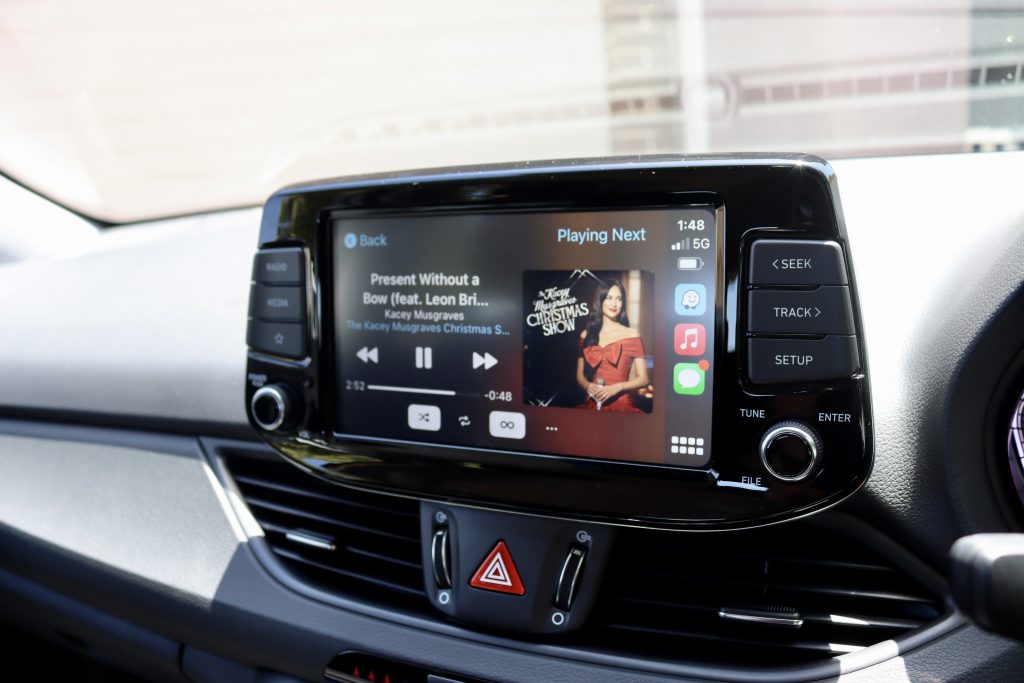
Upgrading to the Elite sees the addition of the 10.25-inch infotainment touchscreen we know and love in other Hyundai and Kia products. Its pixel density is in another league to the lower end screen and the user interface immediately feels much more up to the minute and intuitive. It swipes, taps and responds like a smart phone and lifts the ambience of the cabin notably (especially considering it and the driver’s display provide the only colour in the cabin). The touch-sensitive shortcut buttons look much tidier below the screen versus the 8.0-inch’s side-mounted buttons. Apple CarPlay and Android Auto is exclusively wired from the Elite and above, which is a shame considering it gets a wireless charger. If you do a lot of driving in low-data and rural areas, the inbuilt satellite navigation will be a welcome addition, too.
“Apple CarPlay and Android Auto is exclusively wired from the Elite and above, which is a shame considering it gets a wireless charger.”
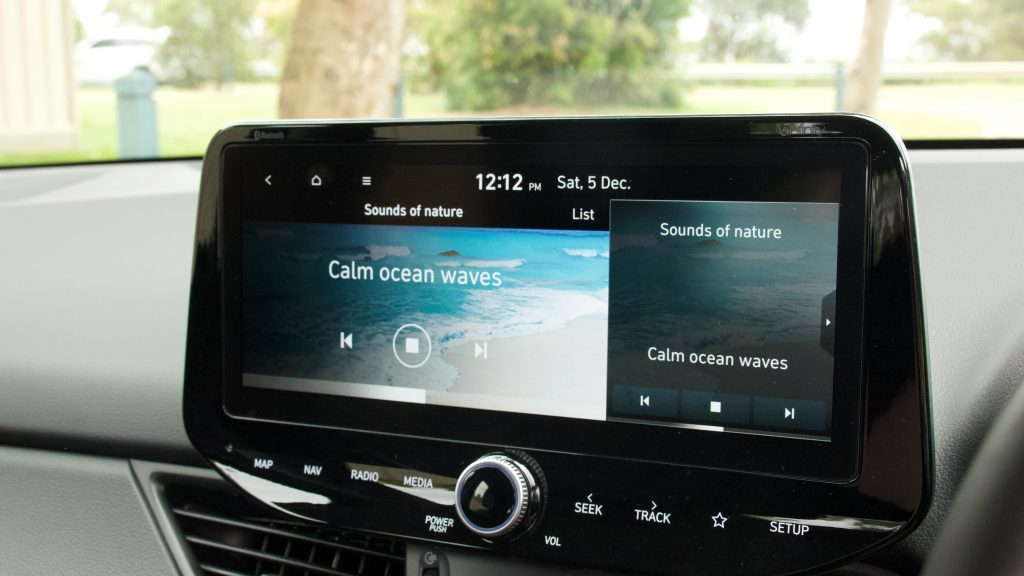
The Elite also gets digital radio and an Infinity premium sound system over the base i30. The sound system itself is punchy with a notable improvement in bass over the bass system, but it’s hardly up there with some Bose systems in the segment in terms of clarity and depth in the mid range.
Practicality: Toot or boot?
The 2021 Hyundai i30 is par for the course in terms of storage up front. You get good-sized door bins, two useful cupholders, a centre cubby under the armrest, a shelf upfront for your mobile phone, and a decent glovebox. It is worthy noting that the glovebox is not lined with felt or rubber, so you may hear the owner’s manual thud as it slides around in there.
The rear seat space is average at best, with decent headroom but rather squishy knee room. Your rear-seat passengers do get air vents and a fold-out armrest for added comfort on longer trips, but no means of charging their devices.
“The rear seat space is average at best, with decent headroom but rather squishy knee room.”
The boot is a good size with 395-litres on offer. Fold down the rear seats and open up the cargo space to 1,301L, but be wary of the lip as you push items forward onto the rear seat backs. Despite the large boot, Hyundai still manages to pack a full-size alloy spare wheel and, in the Elite model, a subwoofer.
As a base model, the 2021 Hyundai i30 is pretty convincing in terms of material quality and the sturdiness of construction. At just over $25K, it’s also easier to forgive the snooze-inducing sea of grey plastic. The i30 Elite is less convincing. The Skoda Scala feels properly premium in Monte Carlo spec, with texture soft-touch plastics, knurled metal finished and an overall interesting design. To boot, it has all the modern tech you’d expect of a $34K hatchback – including those slick digital dials, LED lighting left, right and centre, and a that glorious panoramic roof.
Running Costs & Warranty: 8.0/10
The 2021 Hyundai i30 is covered by Hyundai’s five-year/unlimited kilometre warranty as well as 12 months of roadside support. The latter is also extended by 12 months with every service for up to nine years of coverage.
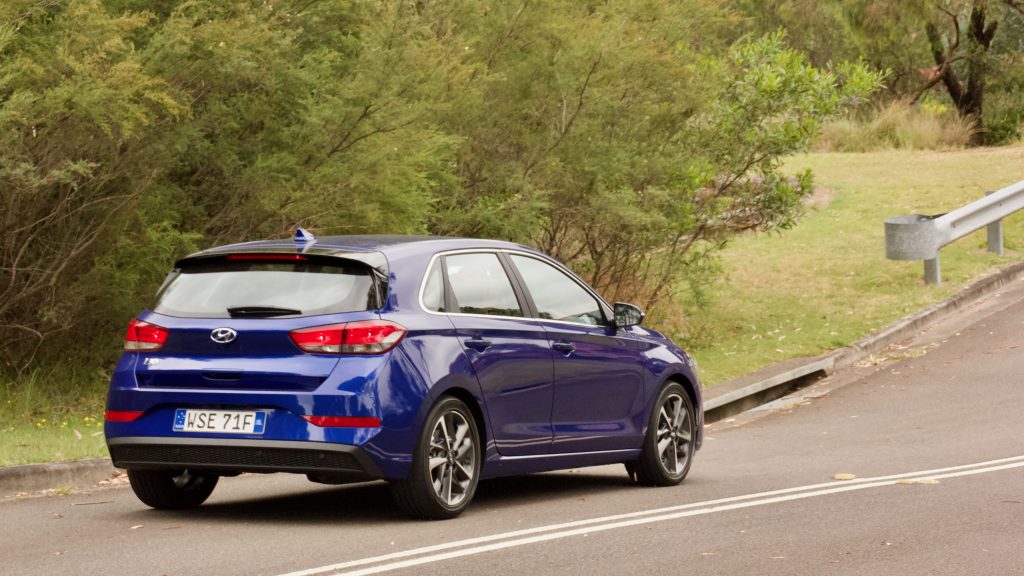
Servicing comes every year or 15,000km, adding up to $1,540 over five years. That’s an average of $308 per service, which isn’t particular expensive but still beaten by the Skoda Scala ($280 per service with the service pack) and Toyota Corolla (a miserly $180 per service).
2021 Hyundai i30 DiscoverAuto Rating: 7.2/10
The 2021 Hyundai i30 does a lot right and very little wrong. It offers relatively affordable motoring in a safe, reliable and handsome package. Unfortunately, the modest midlife update left the i30 a little behind newer competitors in what is a seriously competent class of cars.
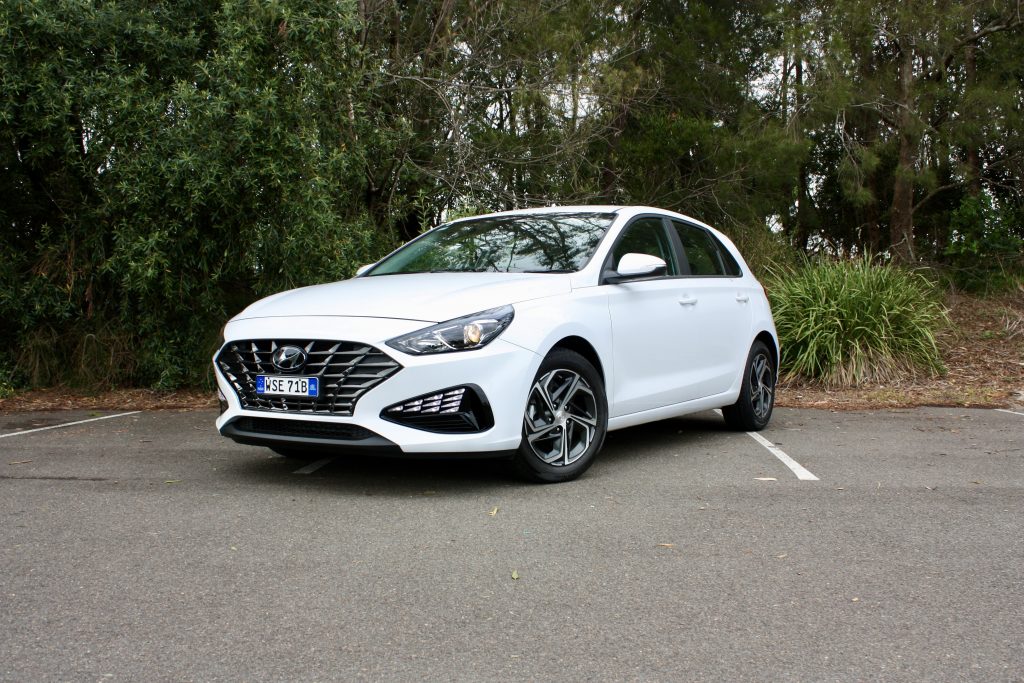
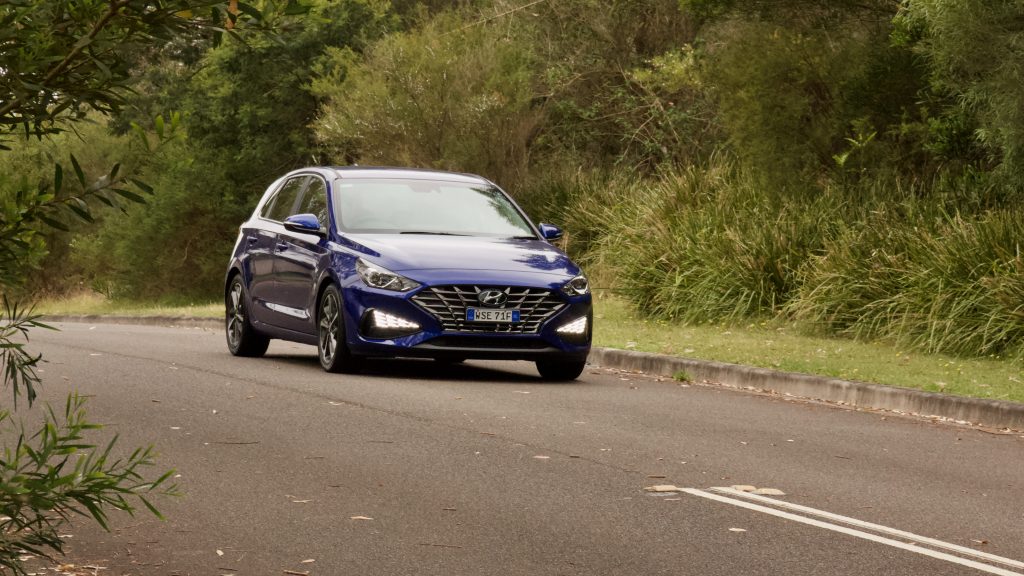
Yes, the i30 finally has all the safety kit we’ve come to expect from a small family car but it lacks in other areas. The base i30 feels decidedly basic when compared to the likes of the Corolla SX – which offers LED lighting, a more sophisticated ride and a more frugal powertrain. The i30 Elite even feels more out of its depths at $34K, where the Skoda Scala offers an excellent drivetrain, a lovely interior and all the creature comforts you could want for the price point. If Hyundai had given the i30 a more thorough refresh and offered a better powertrain it may have been a different story but for now we suggest you look elsewhere at that price point. But at just over $25k drive away, the i30 – true to form for Hyundai – offers value that few others can match.
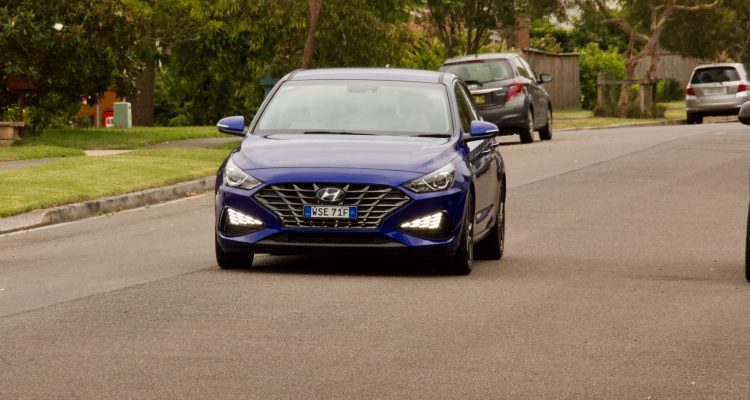
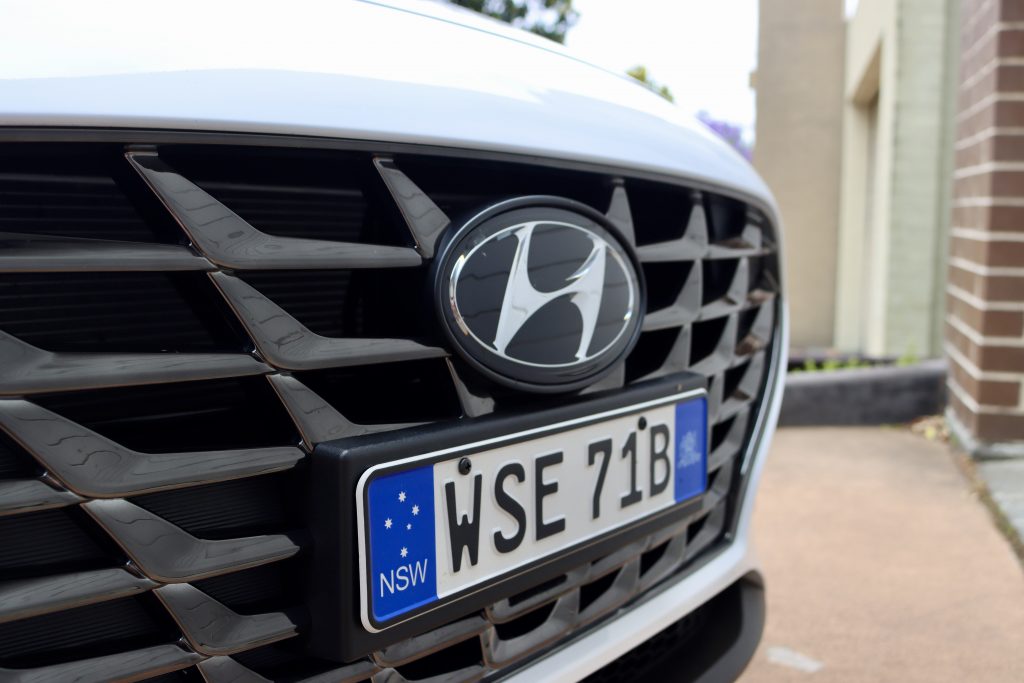
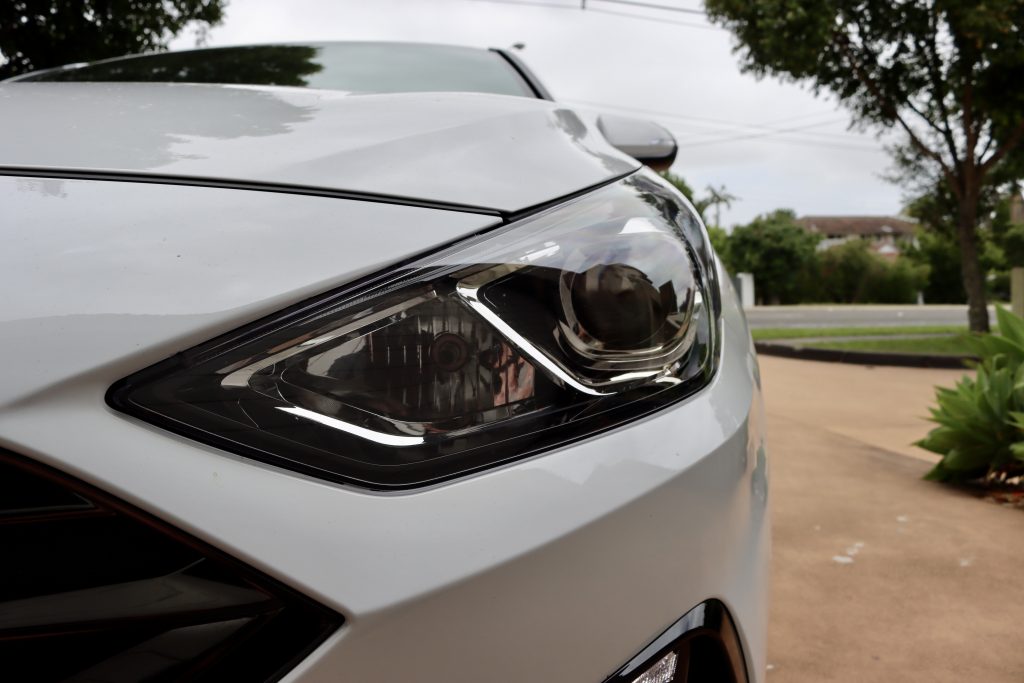
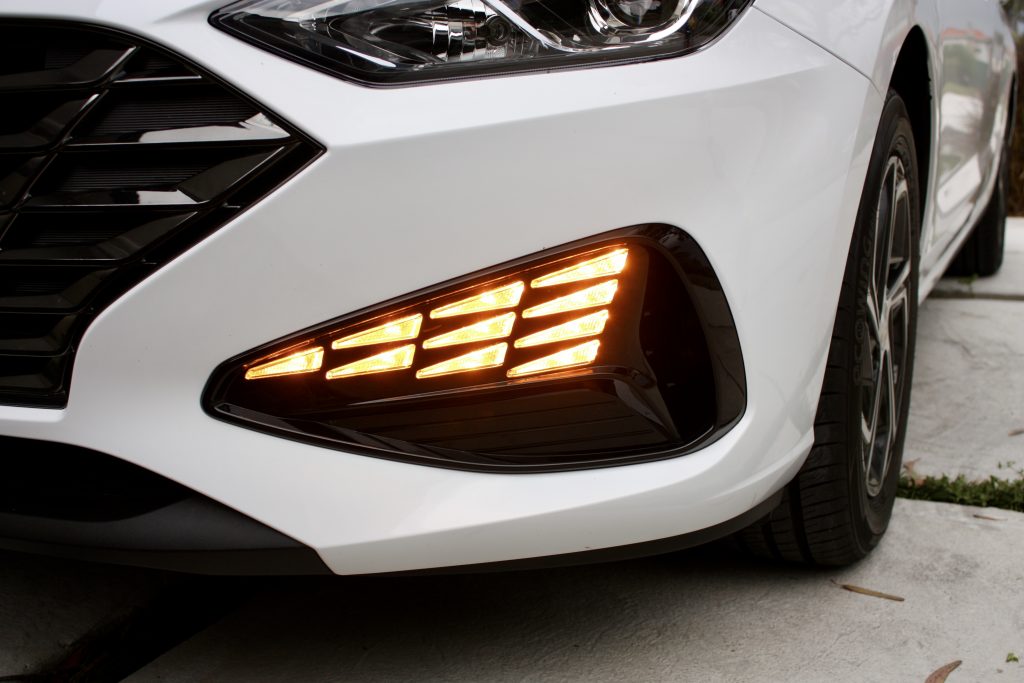
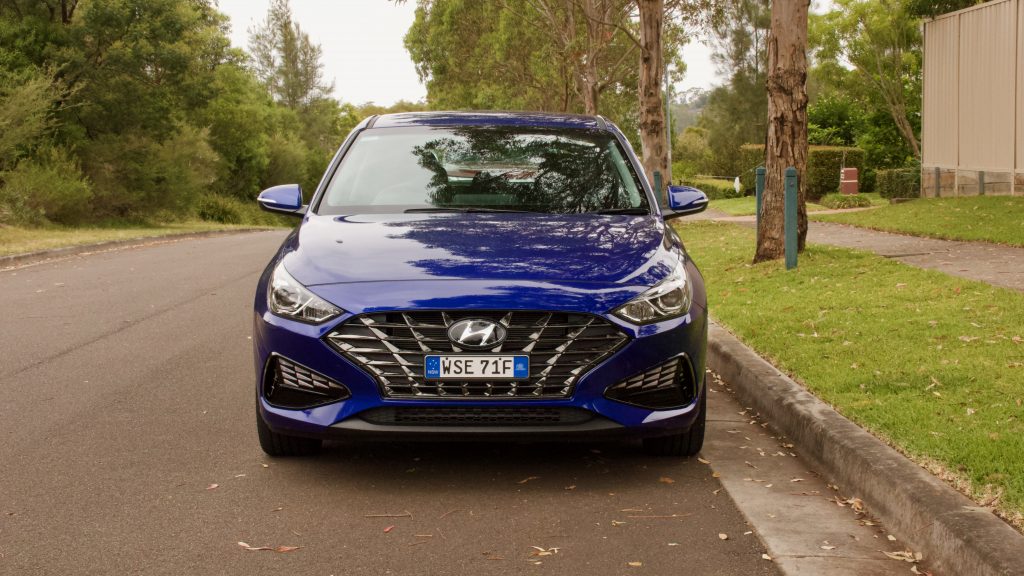
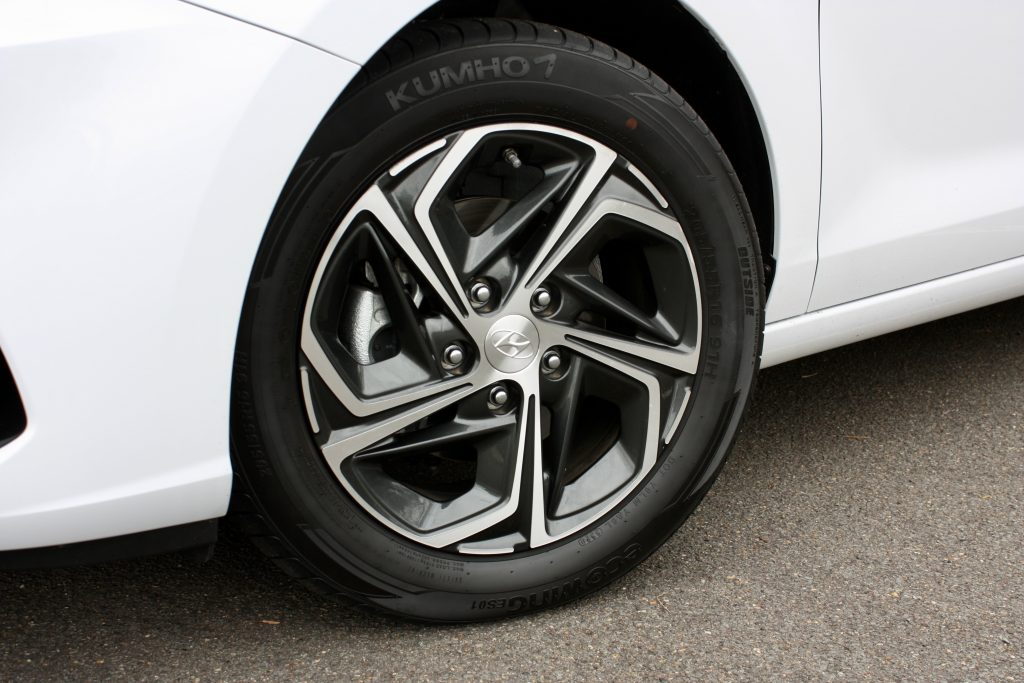
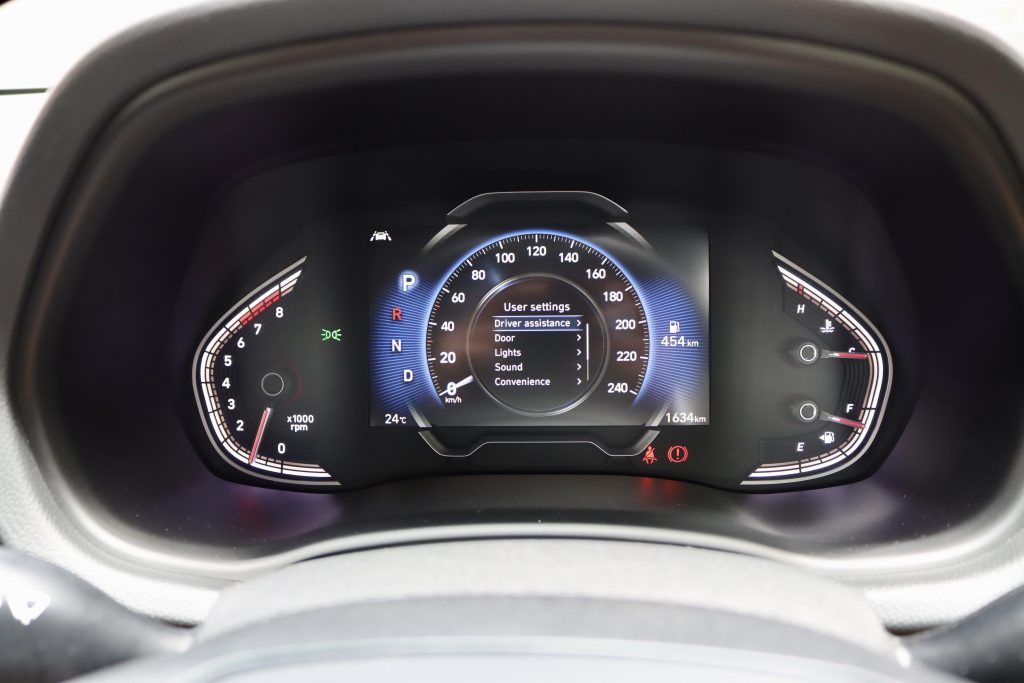
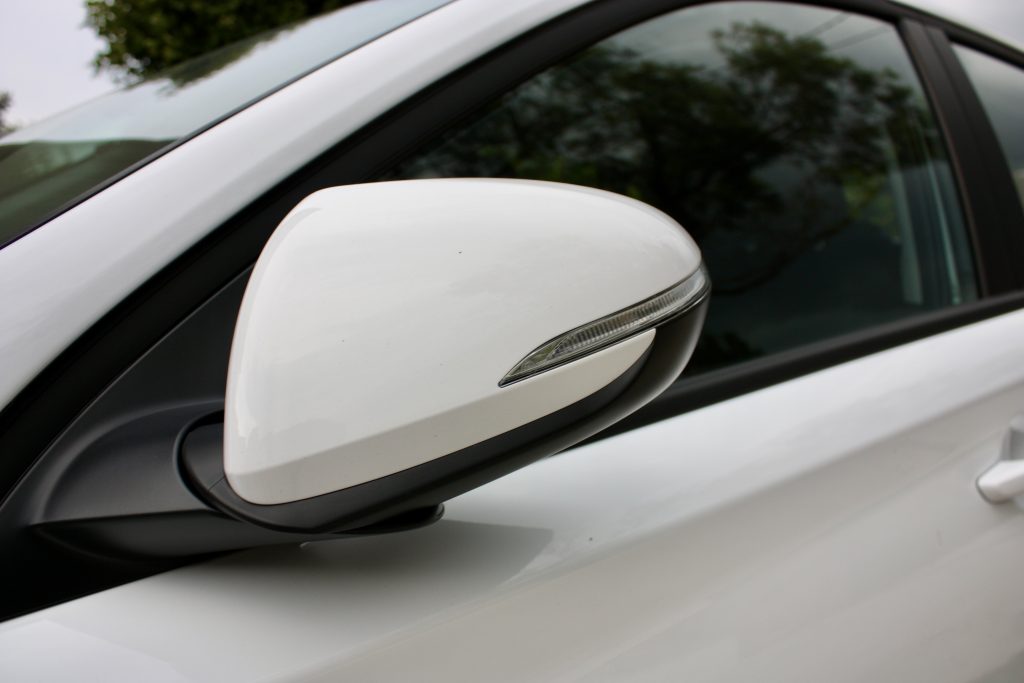
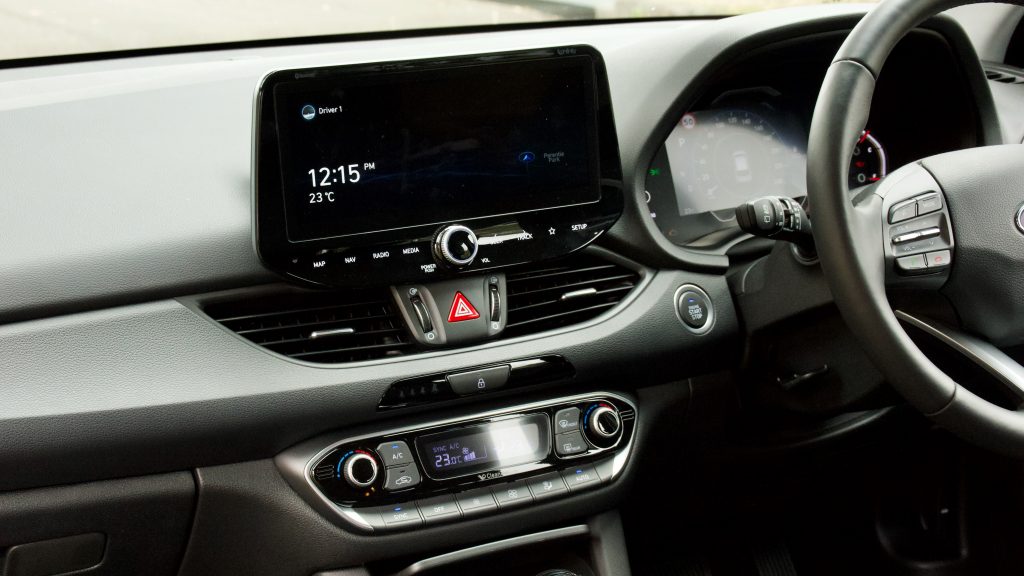
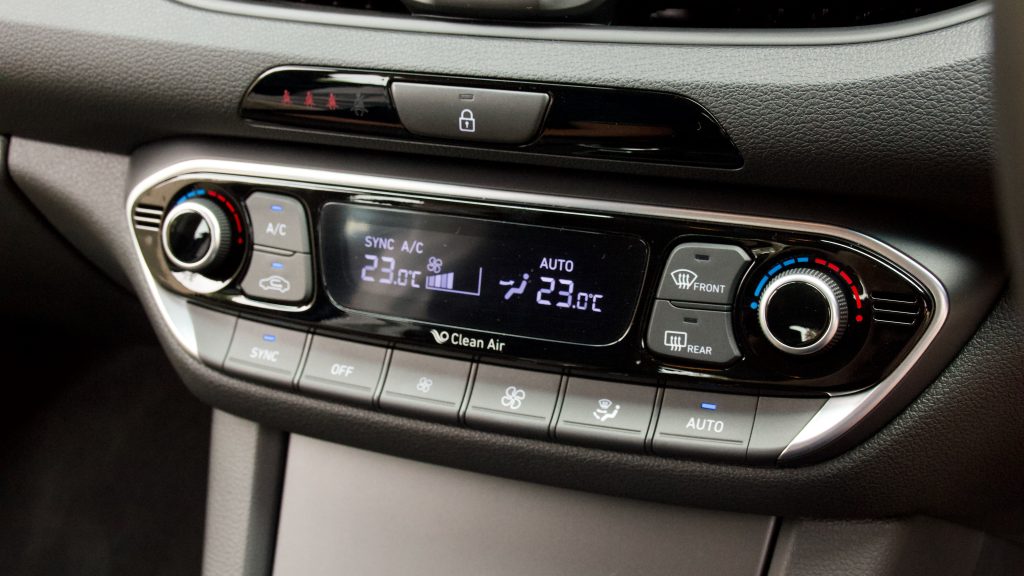
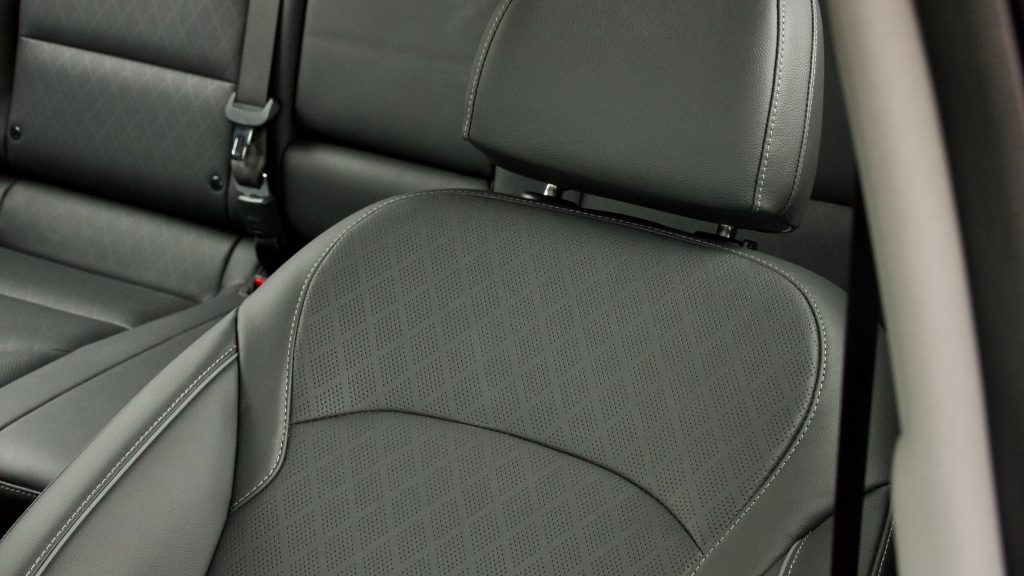
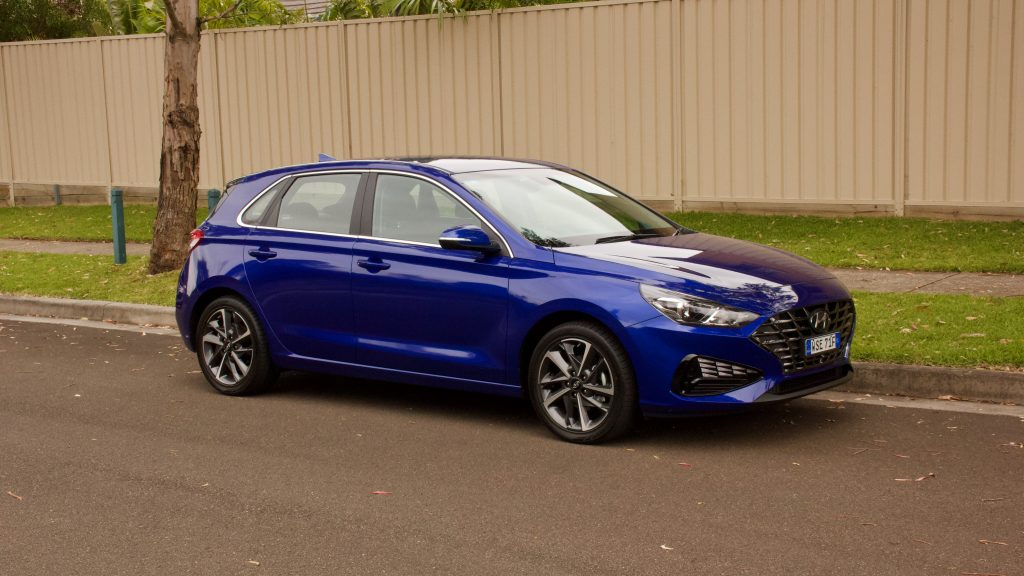
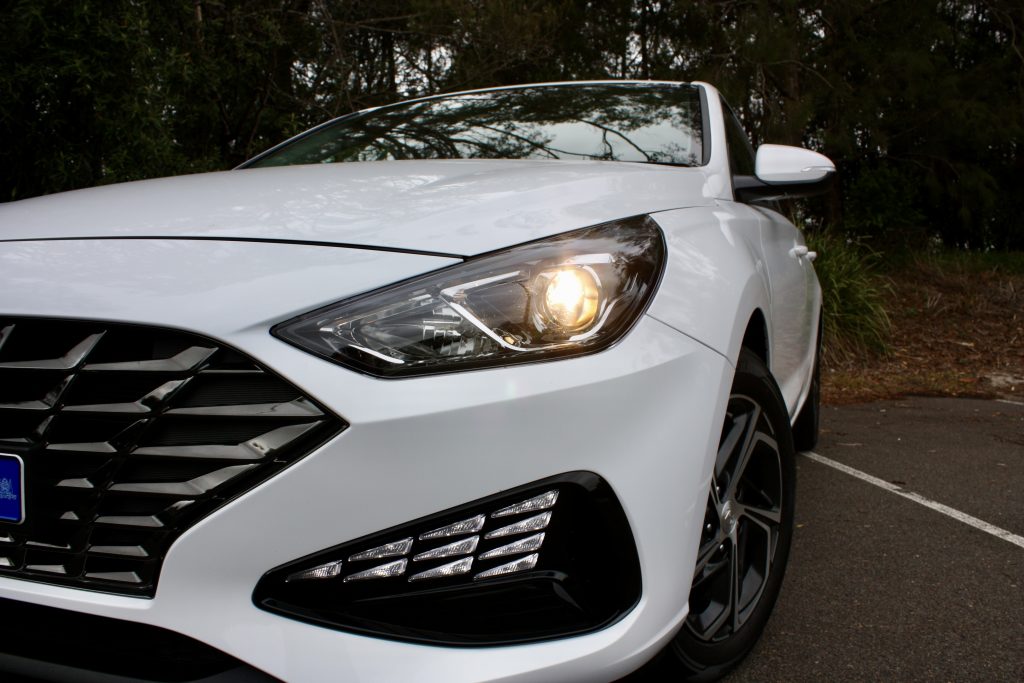
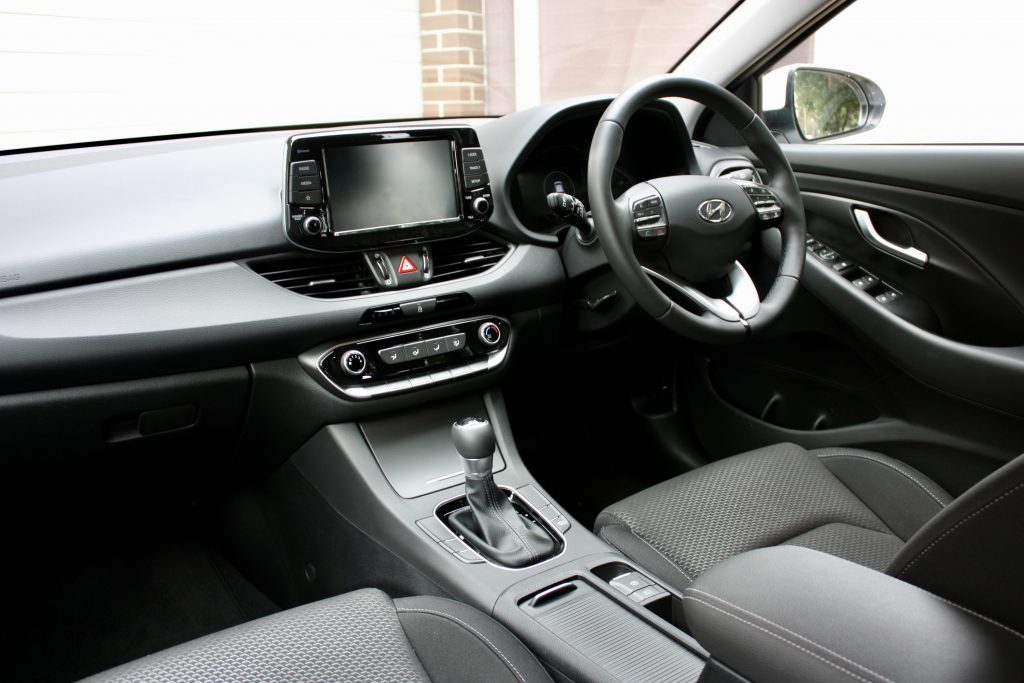
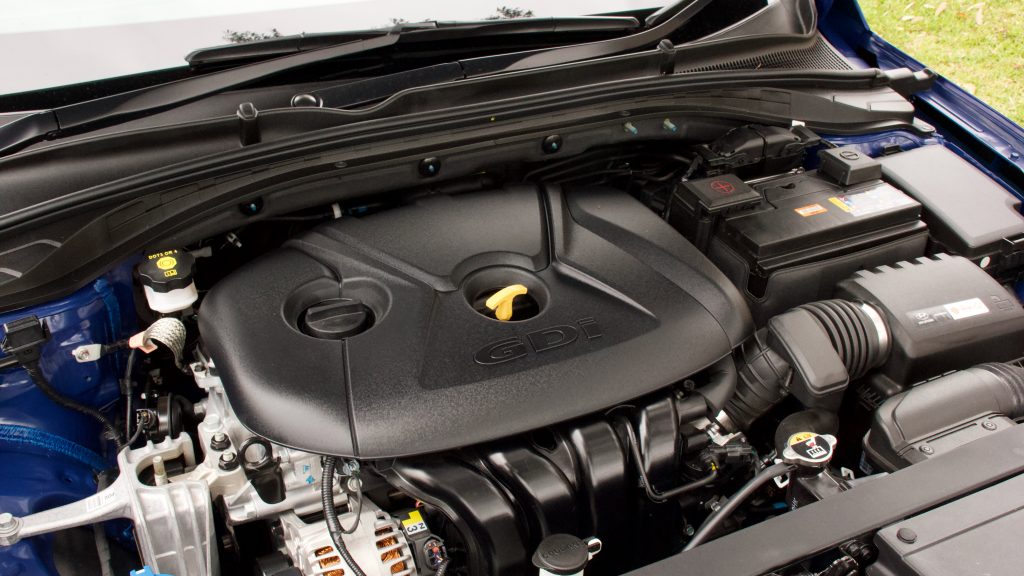
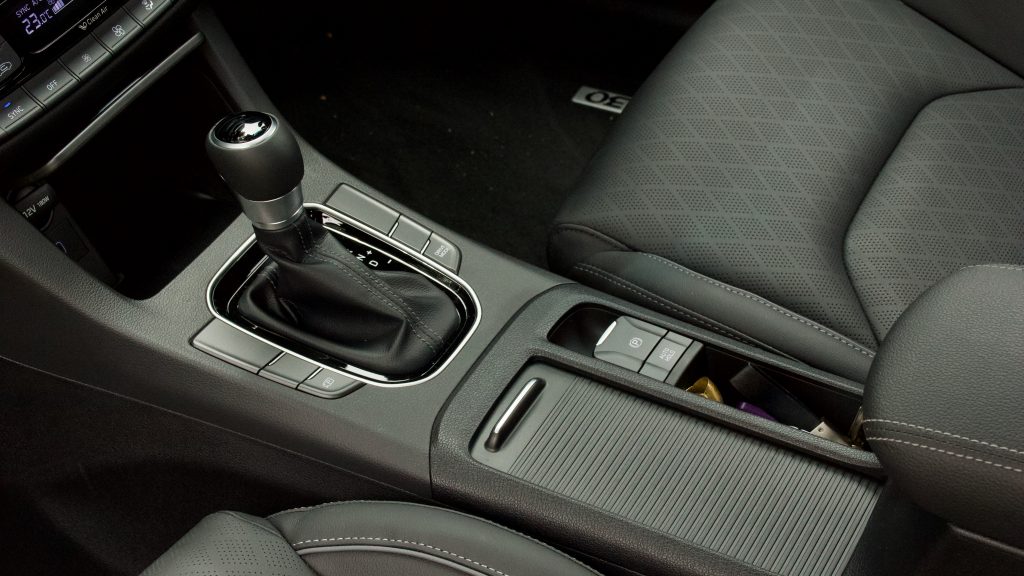
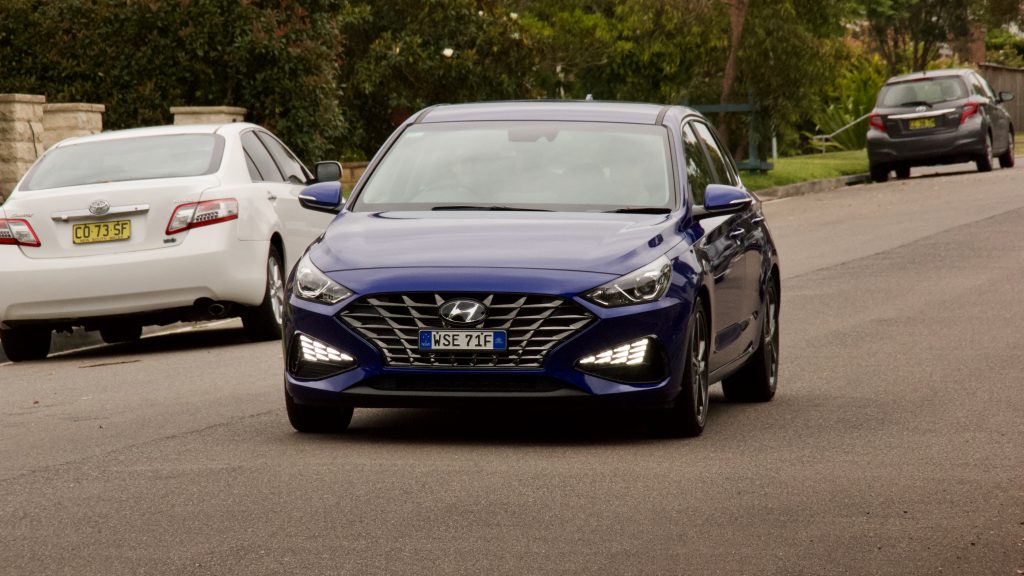
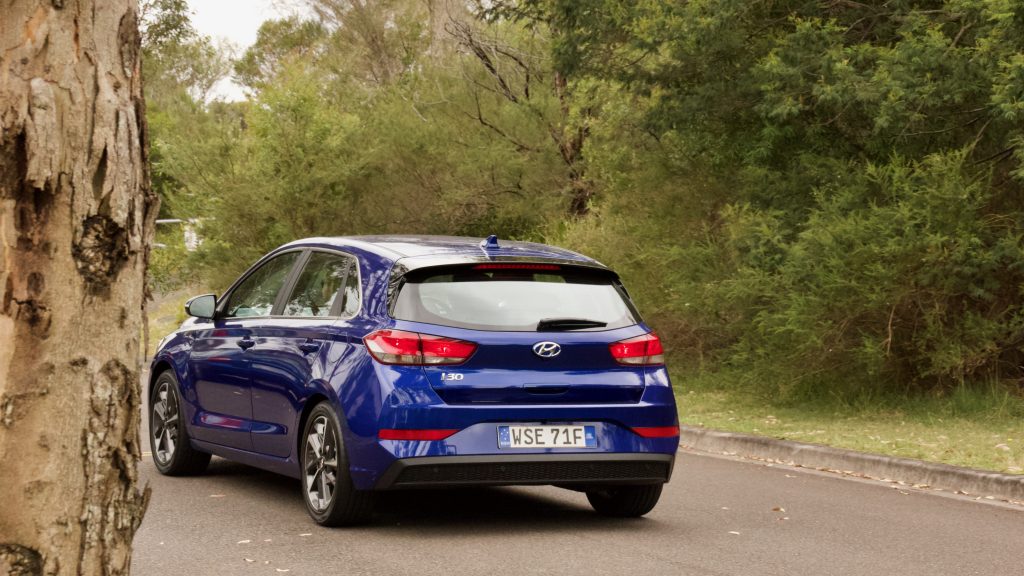
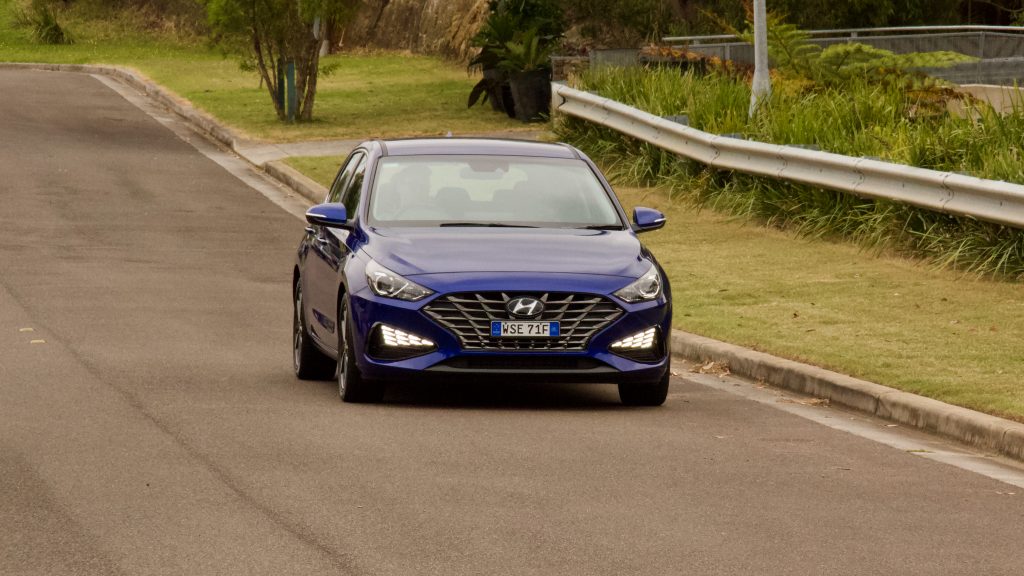
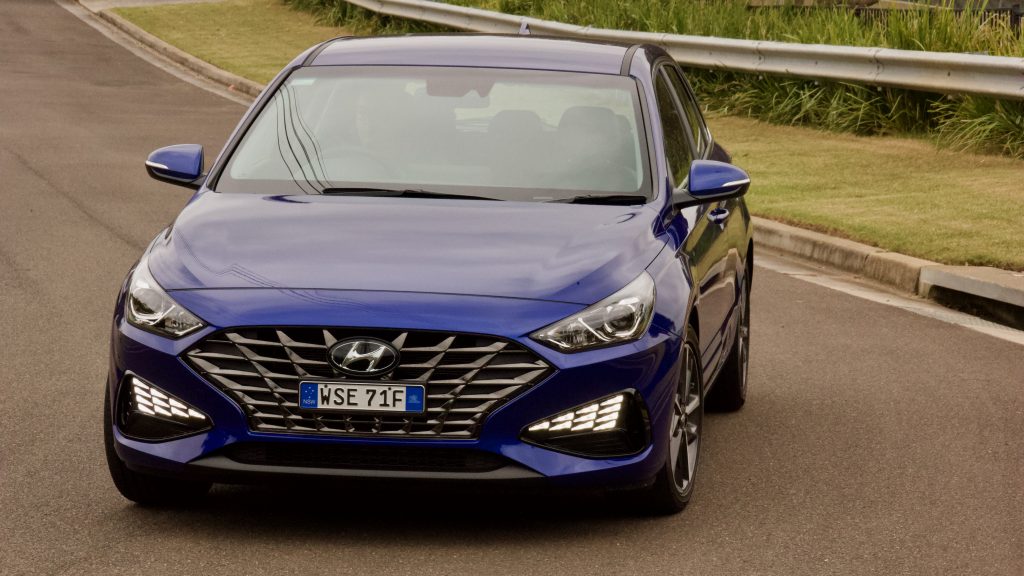
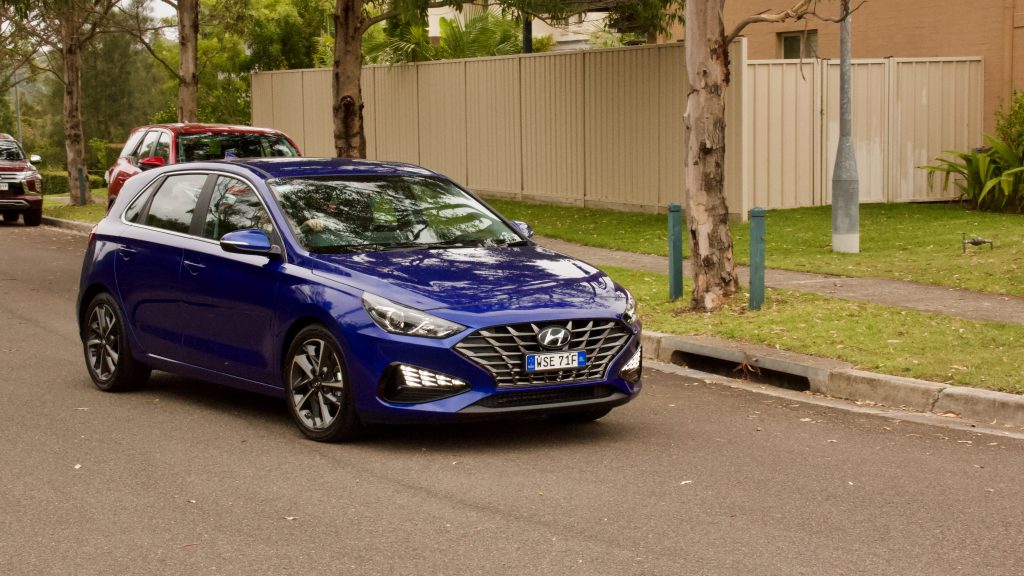
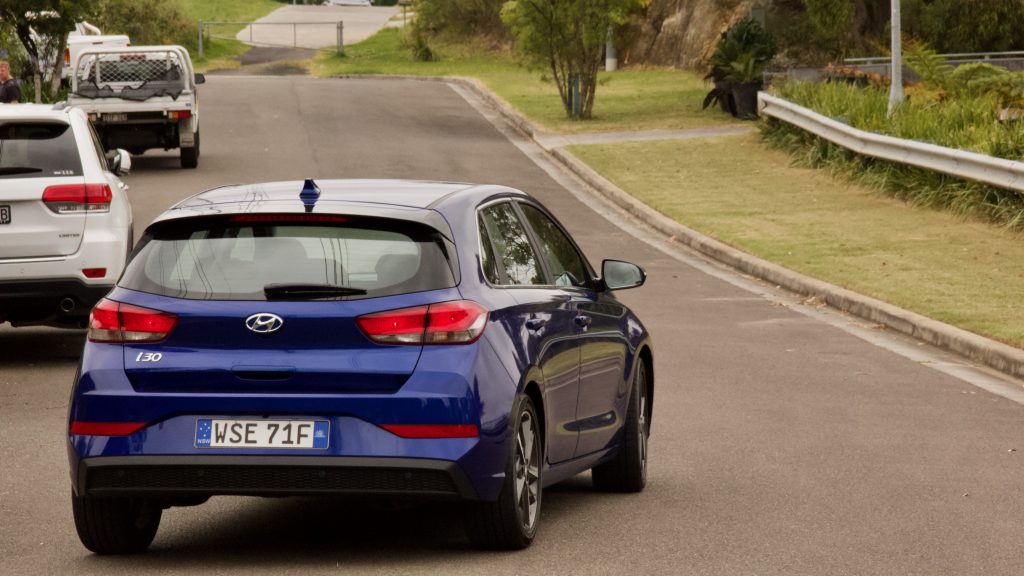
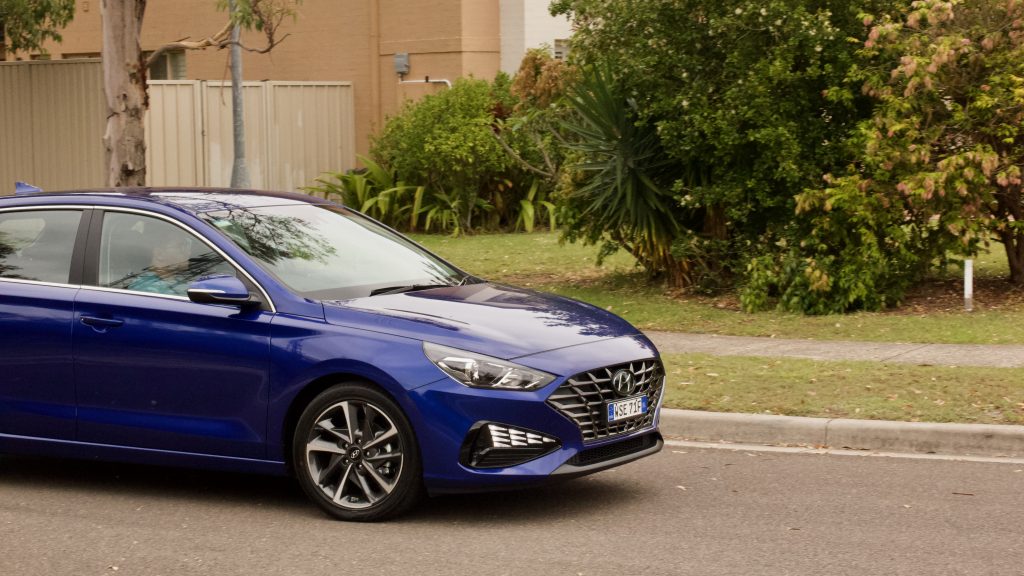
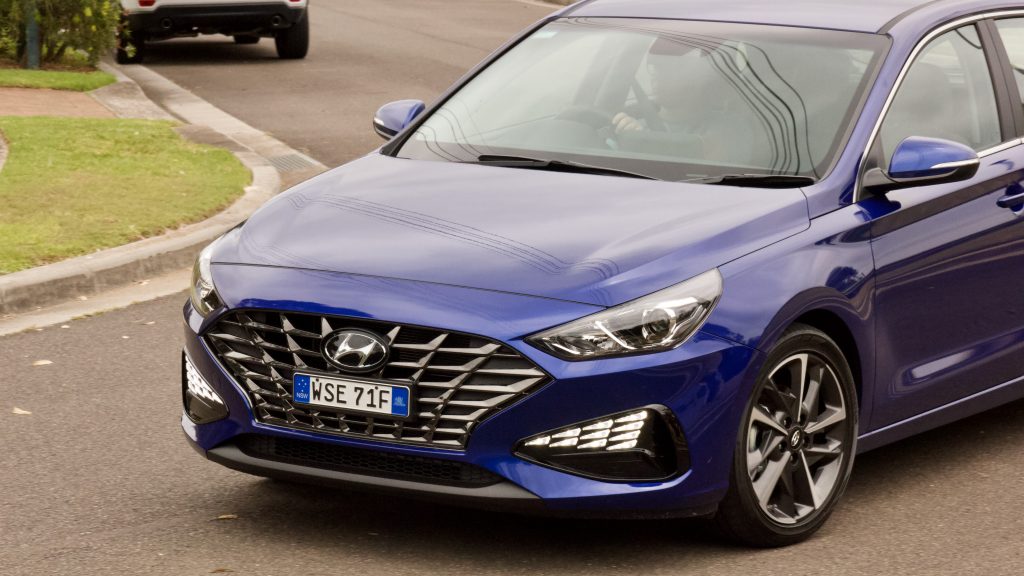
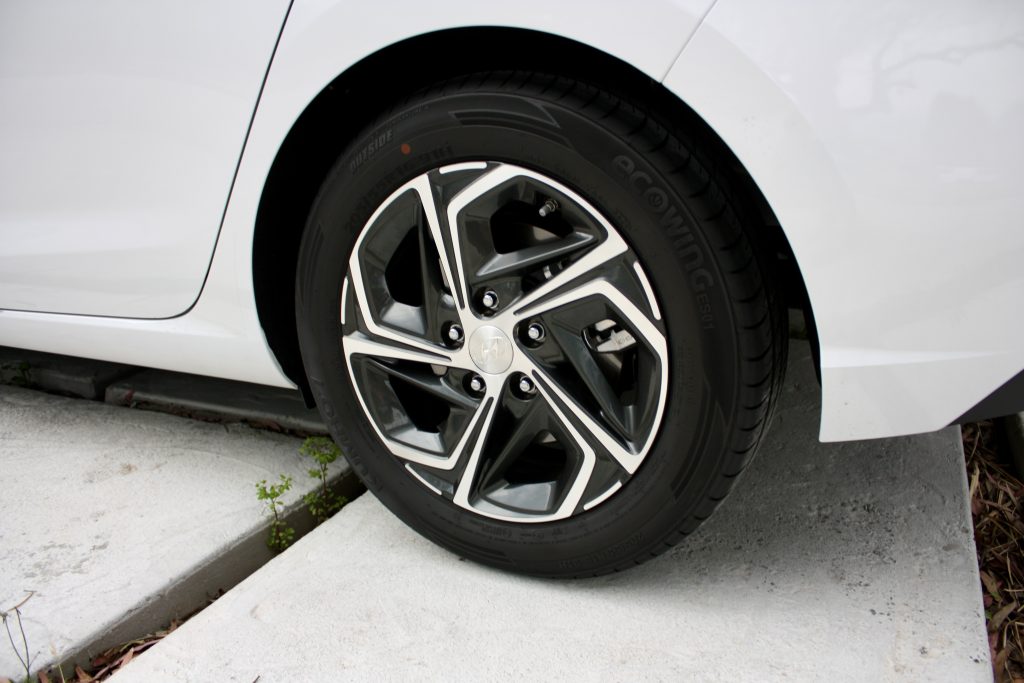
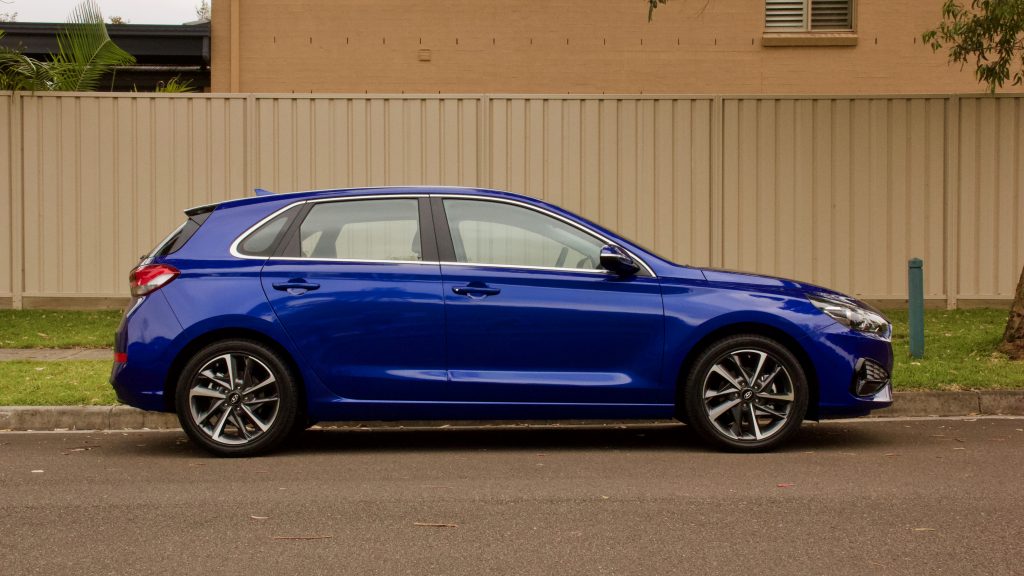
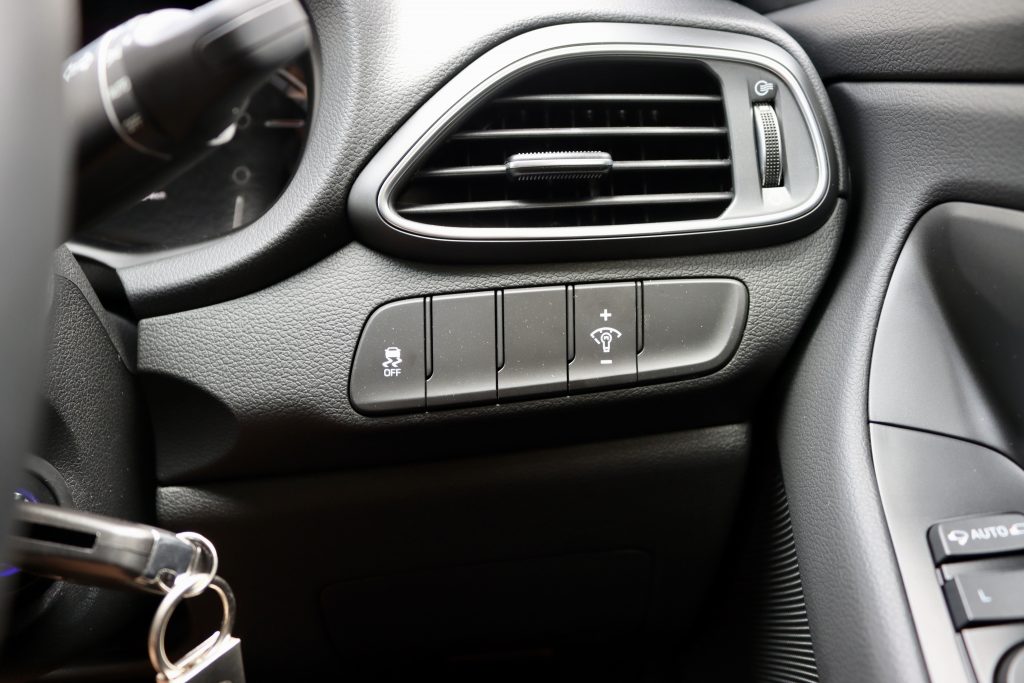
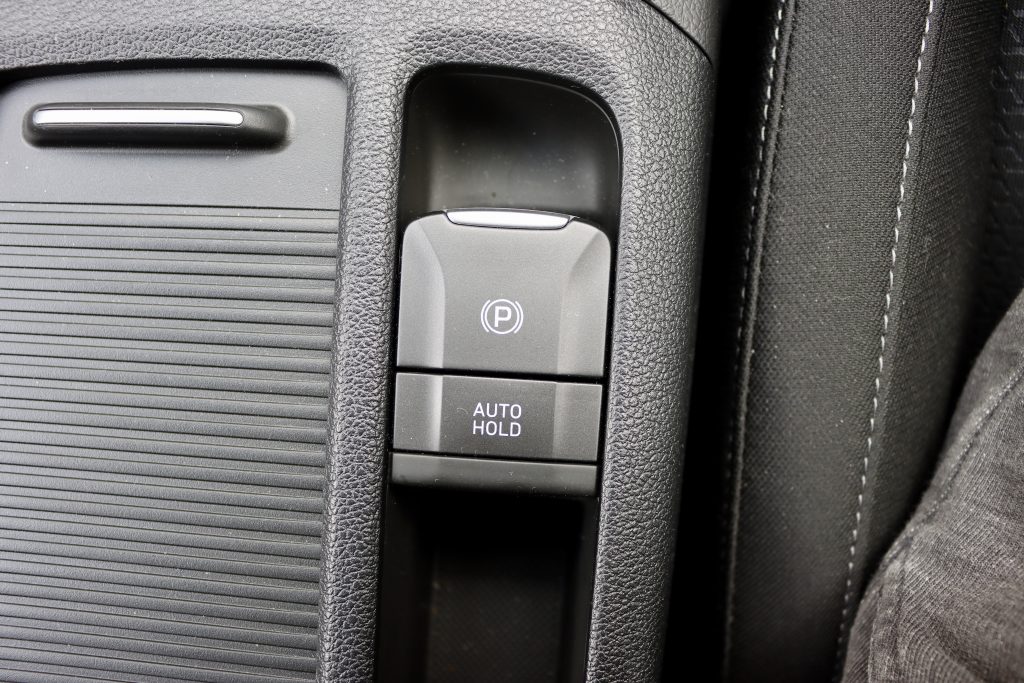
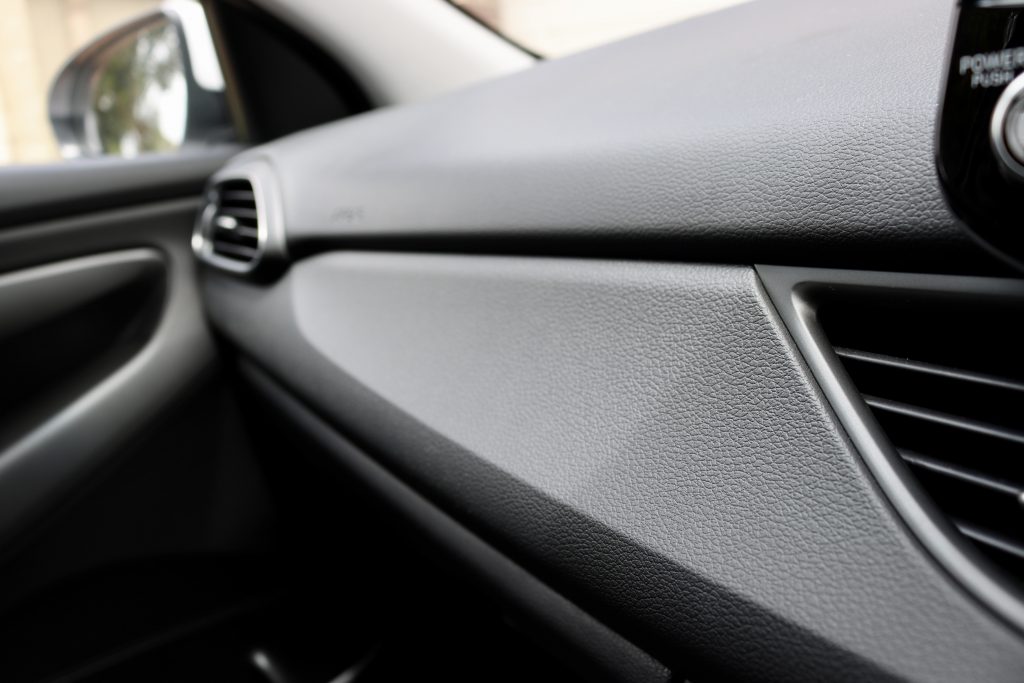
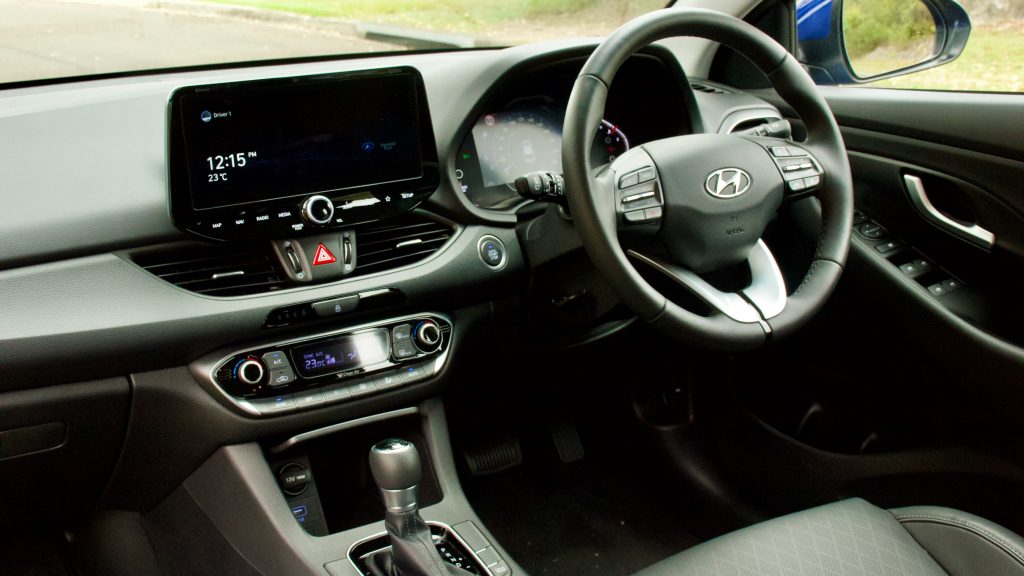
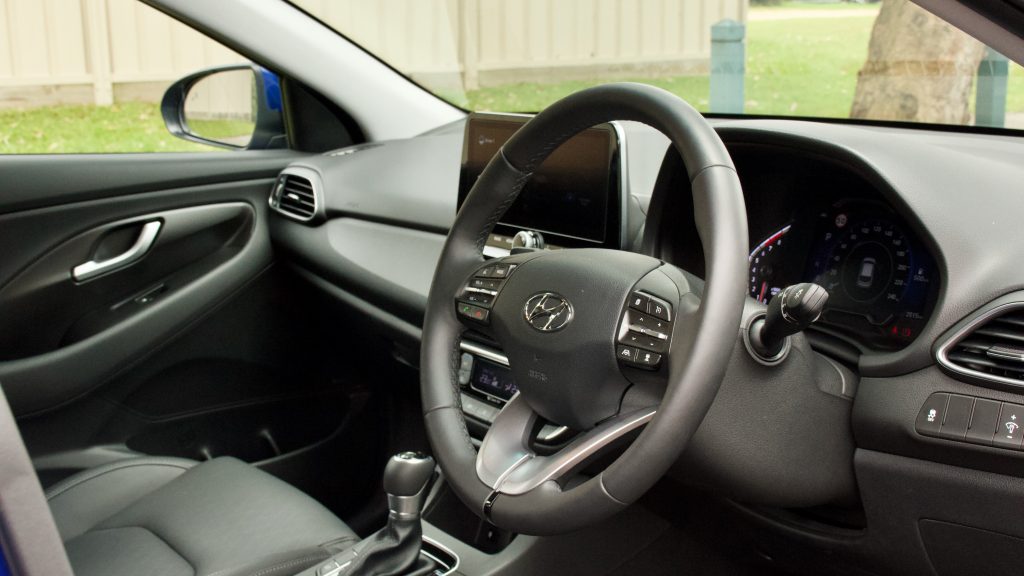
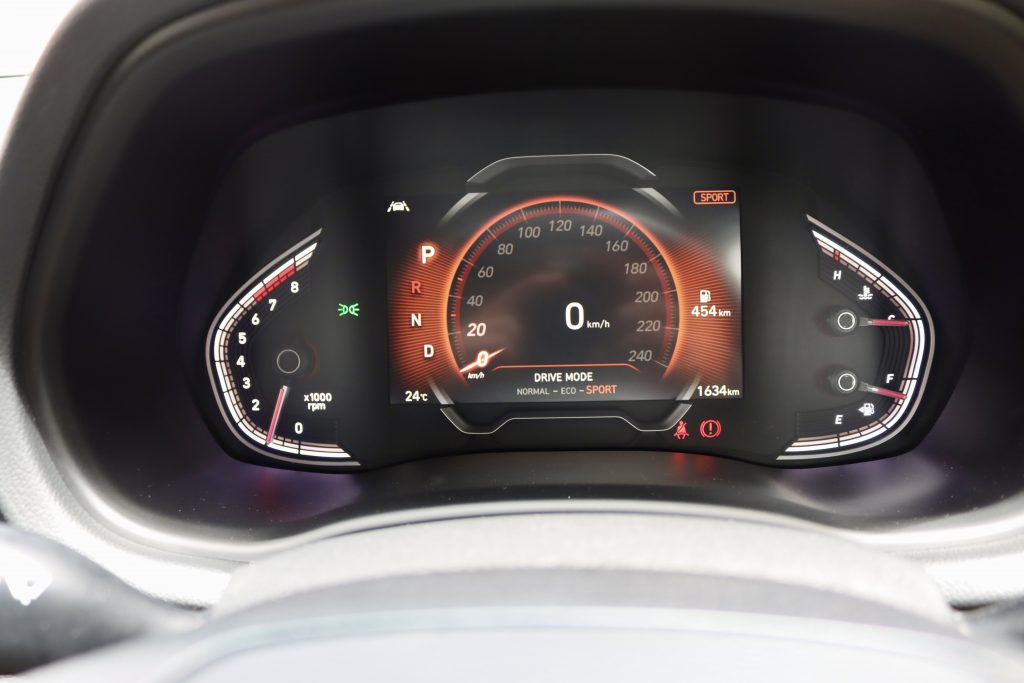
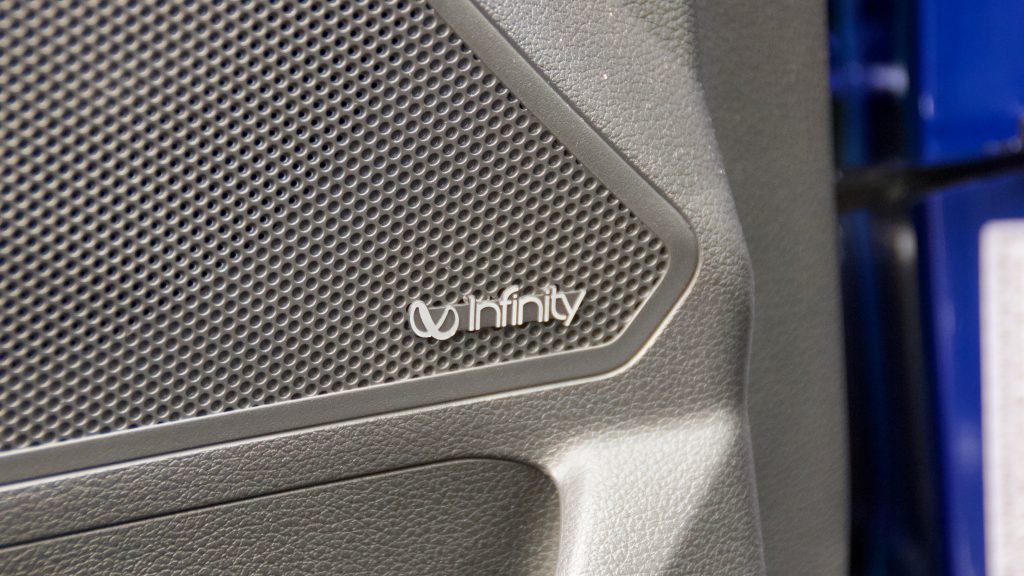
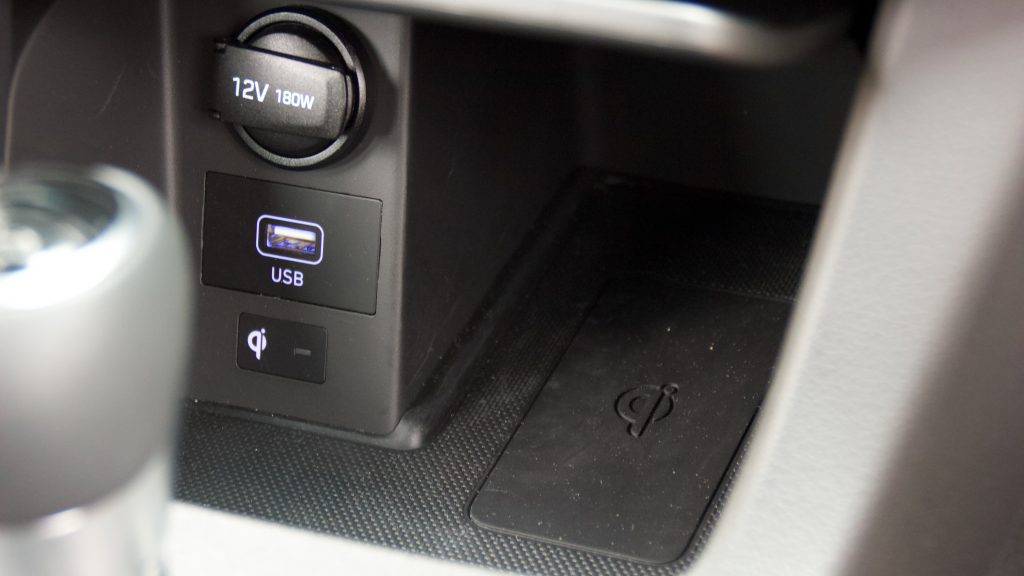
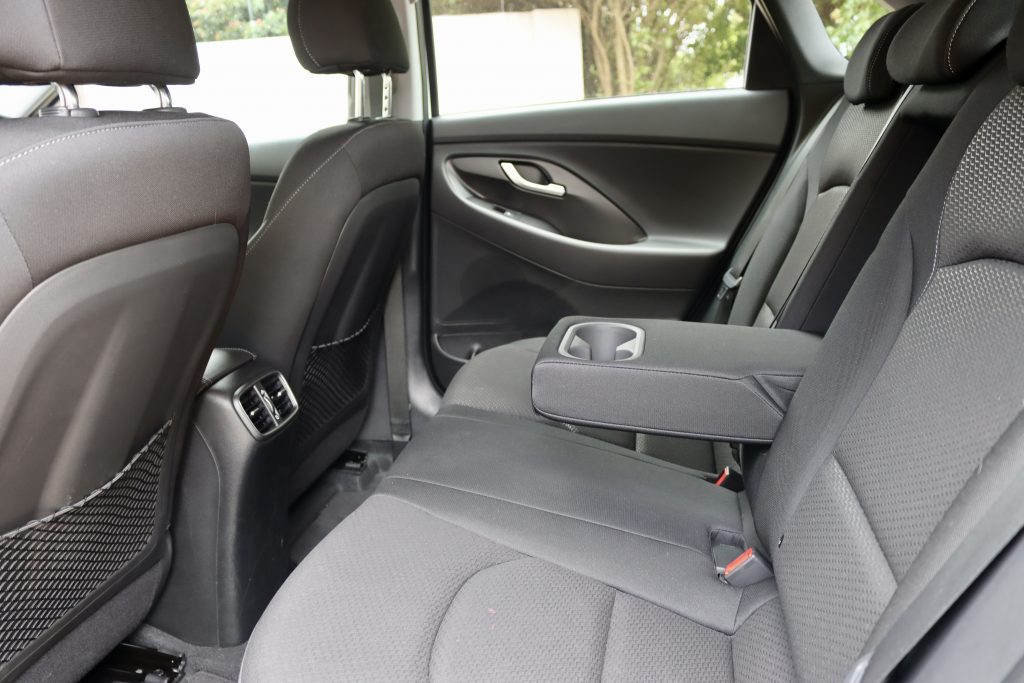
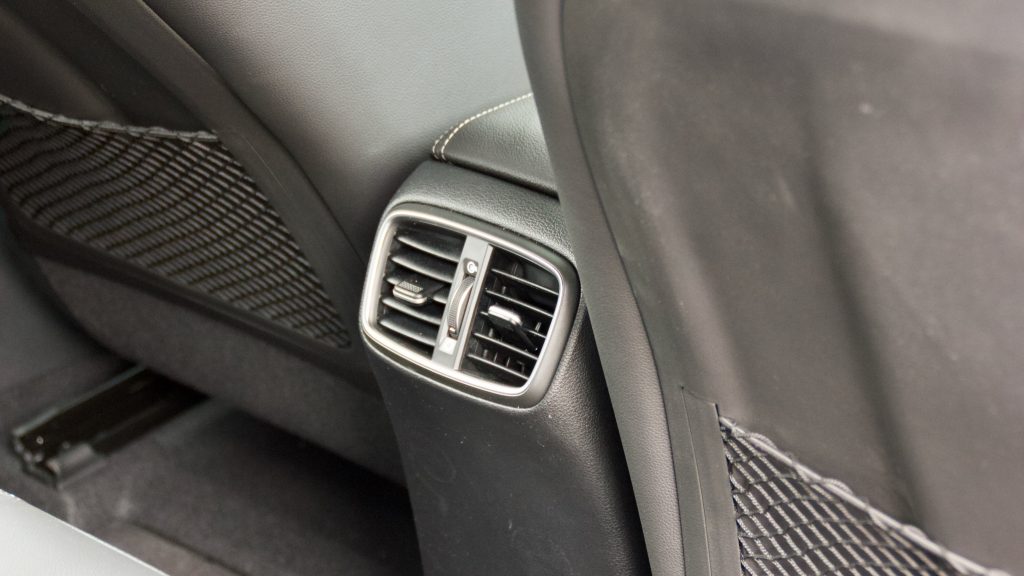
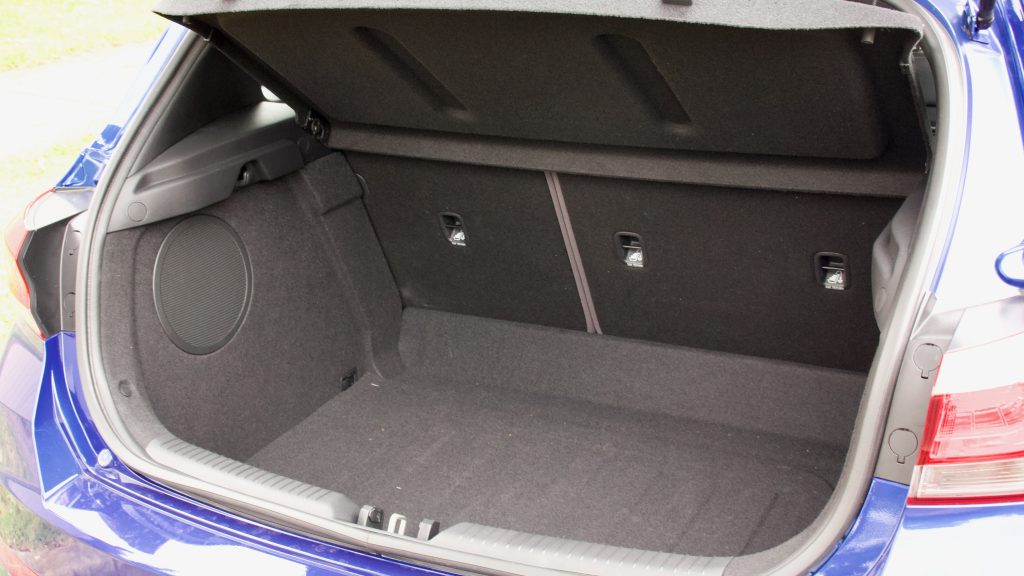
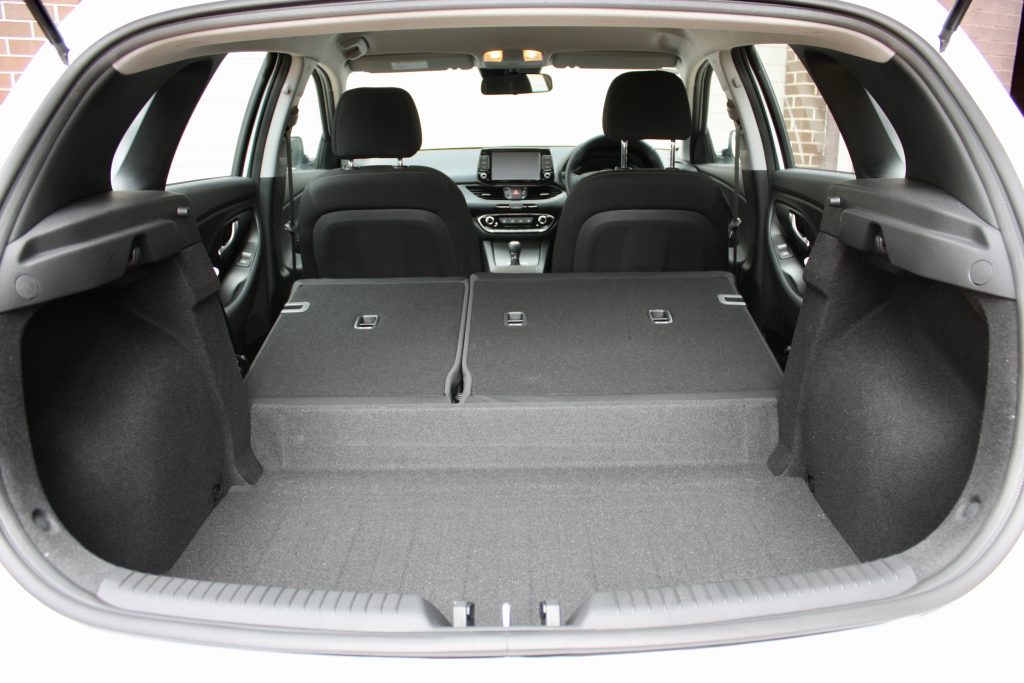
Leave a Reply